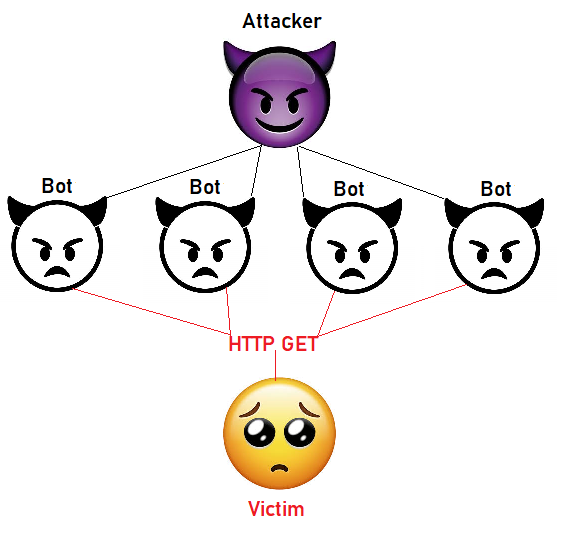


They flood the specific target with multiple synchronization (SYN) packets simultaneously from different machines. In this volumetric attack scenario (Figure 2), the perpetrators are not attempting to exploit a security flaw on your website, but causing it to break with a high volume of requests. The attacker takes advantage of programming errors in the application and attacks the application layer or layer 7 of the OSI model.Īttackers tend to mix these attack types to maximize their impact on the specific target. They can range from 20 gigabytes per second to 2 terabytes per second in volume. The attacker consumes the entire bandwidth to create network congestion with massive volumes of traffic so that legitimate clients are unable to access the specific target network. Other times, attackers conduct such attacks just to exhibit their skills. Sometimes, companies hire these attackers and launch such attacks, to disrupt their competitors’ services and redirect traffic to their own website. Today, DDoS attackers are available on rent in the dark web at a low price. Sometimes, people who are part of organized criminal groups, do it to get a huge ransom.

Many hacktivists might form active groups to conduct DDoS attacks as a means to voice their opinions on a certain topic (political, ethical, etc) or avenge an organization. If you have a flourishing website, then you are likely to be the target of a DDoS attack at some point of time. Retail sectors are a chief target for such DDoS attacks. It might damage your overall reputation in the market and you might have to shut down your business for good.īotnet as a service usually target relatively large sites and websites of government agencies. Not to mention, the time in revamping your website and financial ramifications on revenue. You will lose your SEO ranking and internal links. If your website ceases to work for too long, you might lose your valuable customers to competitors. What are the consequences of a DDoS attack? Who are the specific targets?ĭDoS attack is faster and its intensity on the host server is much more critical and devastating. Therefore, it is more difficult to detect and block such attacks due to the bombardments from multiple sources within such a short period.įor the cybercriminal, it costs less and is easier to conduct a denial of service (DoS) attack. While DoS is an attack between two individual machines, DDoS uses a cluster of coordinated machines in different locations (botnet) to attack the host. The number of distributed denial-of-service (DDoS) attacks keep escalating every year. When legitimate users cannot access the website anymore, it causes the server to fail.ĭistributed denial-of-service (DDoS) attacks The principle of denial of service (DoS) attack is to refute normal user access to the host server and disrupt the usual functioning of the system. There are other forms as well, like applicative DoS, where the cybercriminals send out a server bug in a specially crafted packet to make the specific target unavailable. This is a common kind of denial of service (DoS) attack, called flooding. Gradually, the attacked server’s resources (CPU, memory, etc) are consumed. In this attack, the attacker makes a massive number of service requests (TCP or UDP protocol packets) to engulf the victim’s server, with phony IP addresses. In the following sections, let’s understand their main differences, the impact, DDoS-ing reasons and attack types. In both the attack scenarios, the main principle is that the cybercriminals deprive legitimate users from their required service by making your system unresponsive. DoS and DDoS are common attacks that have the potential to make your server unavailable, if not taken seriously.


 0 kommentar(er)
0 kommentar(er)
